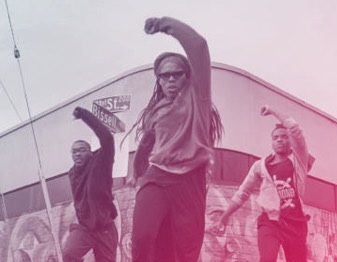The17 is a choir. Anyone can join, regardless of skills or experience. The compositions it performs don’t use any traditional form of notation; instead, its scores are written down as a set of instructions anyone can follow (and anyone can write). Usually there are 17 members. When they perform, they do so only for themselves and not for the benefit of any audience.
However, the sharp eyed among you will have noticed by now that the photograph on the left is of a book, not a company of singers. And this is true. A music review this may be, but it is one examining a choir that has no fixed line-up, makes no permanent recordings, and that I’ve never actually heard. Therefore, 17, a book by Bill Drummond about the origins and development of the choir, plus my imagination, will have to act as stand-ins for now.
The founding principle of The17 is the idea that all recorded music is dead, destroyed by the ease and carelessness with which we now access and consume it. The17 is an attempt to wipe the slate clean and return to a musical Year Zero; Pol Pot wins a prominent mention among the many people Drummond credits as influences. It is his attempt to reimagine music as if no music has gone before.
As for Drummond himself, he is probably best known as one half of The KLF, acid-house anarchists who became the world’s biggest-selling singles act in 1991 with hits such as “Last Train to Trancentral” and “3am Eternal.” Drummond’s involvement in the music industry began much earlier than this though, as a member of Seventies punk act Big in Japan. He later started his own label, became manager of Echo & The Bunnymen, and even ended up as a major label A&R man for a spell in the early eighties.
However, his involvement in the music business had been fairly minimal after The KLF retired from the industry in a riot of machine-gun fire and dead sheep in 1992. Drummond has since become known principally as an author and provocative artist, achieving notoriety in 1995 when he and KLF collaborator Jimmy Cauty burned a million pounds of their own money for a video piece titled “The K Foundation Burn a Million Quid.” Regardless of whether you like his work or not, he is rarely dull.


